Text
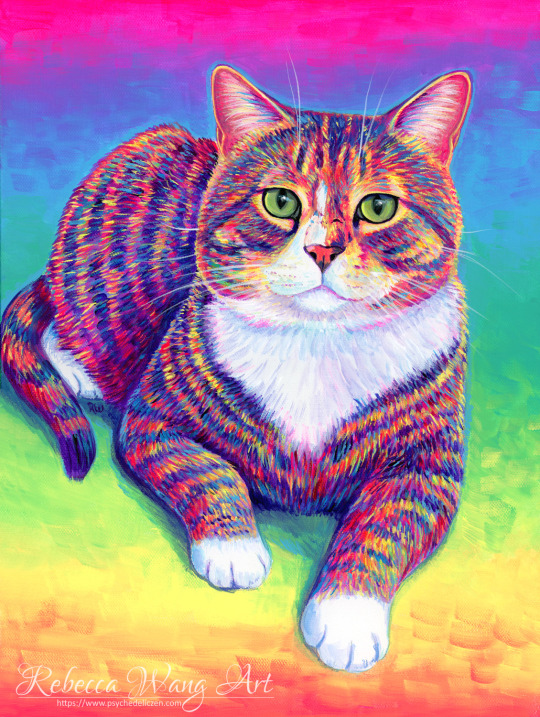
Junior (2024)
A colorful pet portrait of a brown and white tabby shorthair cat named Junior in bright psychedelic rainbow colors. Acrylics on 12" x 16" canvas.
3K notes
·
View notes
Text

96K notes
·
View notes
Text
I've been seeing a lot of Discourse around outdoor cats that talks past one of the biggest problems addressing community cats/outdoor working cats so I thought I'd chime in with my two cents.
Many arguments I see just... don't think about the cats at all? Or don't consider the logistics of actually addressing the feral cat problem in a humane way. It's always about how outdoor cats shouldn't be outdoors, which is neither realistic nor helpful.
I used to volunteer at an municipal animal shelter in the USA that had a TNR program (Trap, Neuter, Return) and also adopted out community cats to local farms and businesses. Here's my side of the story.
"Your cat doesn't need to be outside" -- Yes, correct. Your domesticated (non-feral) house cat does not need to go outside at all. They can have a fully actualized life safely indoors. When I see this argument, proponents of indoor only cats are correct in most or all their arguments regarding this.
"Outdoor cats are the largest invasive species in the world, and decimate bird populations." -- This is also correct, and part of the reason why you can help by bringing your house cat indoors. Cats are the largest invasive species. Spay and Neuter your cats, bring them inside, and socialize them so they don't become feral.
"TNR doesn't work." -- False. Whether we like it or not, feral cats exist. We have two methods by which we can address the feral cat population -- decimating them (humanely euthanizing the whole colony) or TNR. For a long time, euthanasia was the preferred way to address the feral cat problem. Afterall, if the cats aren't there, doesn't that save the local wildlife population?
Except that we found, studying these colonies, that when a colony is wiped out, the cats of another colony will spread into their territory and continue to have kittens and the population of feral cats is neither controlled nor diminished.
Hence, TNR. What we found performing TNR on cat colonies was that this controlled the population of the colonies, allowing them to stay in their territory, which kept other colonies from spreading (especially colonies we hadn't performed TNR on yet). We at the shelter felt this was the most humane way to control the feral cat population and safely deflate their existence without dealing with the population blooms that euthanasia caused.
"What about kittens?" -- Kittens from these colonies were brought into the shelter, socialized, and fostered out until they could be adopted. Some of these semi-feral kittens needed special homes to be adopted into, but this was the best quality of life for these cats.
"What about cats that get missed during TNR?" -- We would return to the colony several times over a period of several years to perform TNR on the same colony. We mark cats that have been neutered by clipping their ear (this is done humanely, but is the most reliable way to tell if a cat has been neutered so the poor thing doesn't have to have surgery 3-4 times in their life). Also, during the TNR process the cats would be vaccinated to ensure disease did not spread from the colony (i.e. rabies). Still, even getting 60% of the colony TNR'd would dramatically reduce the number of kittens being added to the colony each year. This controlled the population by allowing the territory to naturally deflate in size over time, buying us time to address the larger feral cat problem.
"What if the colony was in an unsafe location?" -- There were two ways we addressed unsafe colony locations -- remember, we know that when the colony is removed, a new colony will move into its place, so we tried not to move the colony unless we really felt the cats or the public was unsafe -- one was to move the whole colony to a new location. Preferably someplace like a warehouse where we have an agreement with the owners of the warehouse. Some of the cats were even relocated to shelter grounds as our community cats. If the colony was small enough we would bring them into our Feral Cats room and adopt them out as community cats.
"What is a community cat?" -- The way the program worked, was that anyone who needed a working cat could apply to the program. These were often rural farmers or businesses with warehouses that needed rodent protection. We trained the farmers and businesses on how to acclimatize the cats to their new home, and as part of the agreement, they had to care for the cats (veterinary care, vaccinations, food and water). This gave businesses and farms an alternative to expensive and environmentally unfriendly rodent control, and also gave these feral cats good places to live out their natural lives.
"Can't you just adopt out feral cats?" -- No. Cats that have not been socialized around humans as kittens, or who have several generations of feral cat in them could not interact with humans in a way that did not cause them undue stress. This was not a humane way to handle feral cats. However, when a cat was brought into the feral cat room, they would be monitored for up to a week. If the cat displayed signs of being semi-social or fully social (hanging out outside of their den, allowing staff to pet them, showing interest in staff in the room), then we would either move the cat into the adoption room or place them in foster to be socialized before adoption. Feral cats who displayed signs of being able to live full and healthy lives with human companions were NOT adopted out as community cats. We also observed this behavior during TNRs and would do the same for those cats too.
"But aren't cats bad hunters?" -- Compared to other species, cats are not the most effective form of rodent control. This is true. However, you have to understand that feral cats exist. There is no "undo" button we can push to stop them from existing. We have to deal with the problem we have right now, which is to safely and humanely decrease the number of feral cats in our communities. And yes, we do that by using cats as rodent control in the community.
"What can I do?" -- Stop saying community cats shouldn't exist. That's not helpful and doesn't solve the problem we have. Bring your cat indoors. Spay and neuter your cats. Adopt from shelters. Volunteer with a TNR team. Support TNR efforts in your community. Recognize that those of us actively dealing with the community/feral problem are trying to do what is in the best interest of our communities and the animals we love. We aren't sitting over here saying these cats should exist -- a feral cat will not have the same quality of life as one that is indoors with a family -- but we have to address the problem in practical terms. We don't have the moral high ground to just do nothing while pontificating solutions that have no basis in actuality.
And yes, it's okay to celebrate community cats. If your local farm has a couple of working cats, that means that farm is helping participate in the safe deflation of the feral cat population. Don't shame a farm or business for using community cats. We're all doing the best we can to solve the problem that we have.
6K notes
·
View notes
Text
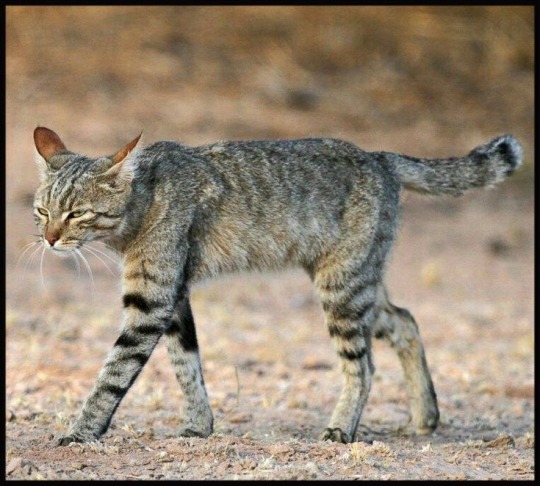
the African wild cat (from which house cats are descended) looks like a normal house cat but with uncomfortably longer legs
54K notes
·
View notes
Text

i have hired this fucking thing to stare at you
70K notes
·
View notes
Text
And out came the tiger....
7K notes
·
View notes
Text



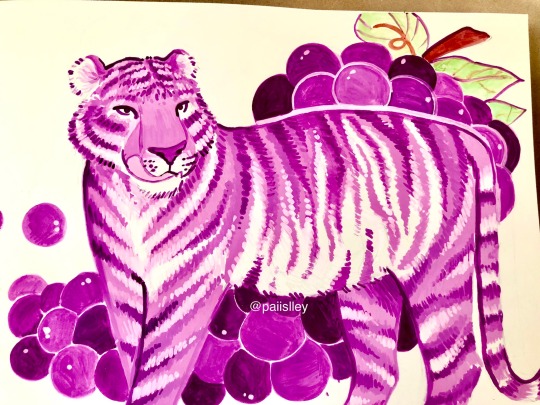
Mini series of tigers inspired by candy flavors ❤️💙💚💜
8K notes
·
View notes
Text

Fruit cats 🍎🍌🍐🍊🍇✨
8K notes
·
View notes
Text
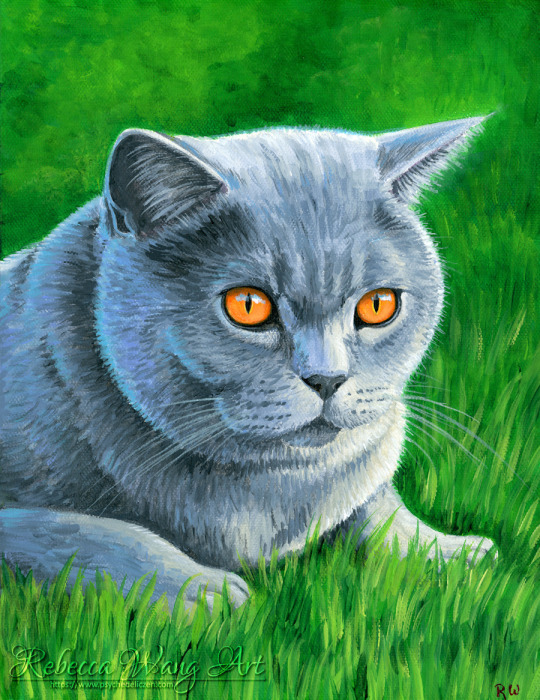
Mia the British Shorthair Cat (2024)
A pet portrait painting of a cute grey British Shorthair cat named Mia, laying in the grass, which was her favorite thing to do. Acrylic painting on 9x12 inch (22.9 x 30.5 cm) stretched canvas, March 2024.
A big thank you to @whitedarkmoonflower for trusting me with capturing your girl's beauty on canvas! This was a fun one to paint due to all the subtle colors in her fur, as well as those fiery copper orange eyes! Grey fur has so much variation in colors from the lighting. It can appear blue or even violet in some areas, and creamy white in others. I also had a blast painting the grass and the out-of-focus background.
2K notes
·
View notes
Text


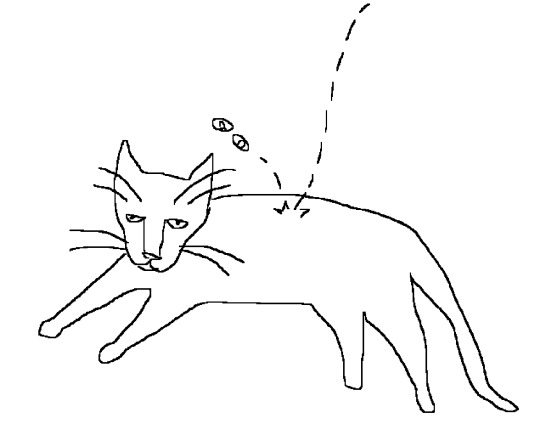
[ID: a very simply drawn three panel comic. the first panel shows a person approaching a cat that's laying on the floor and reaching down to hug her, saying "gertie." the second panel shows two coins falling from the person's shirt pocket. the third panel shows the coins bouncing off the cat, who doesn't care.]
81K notes
·
View notes
Text
gertrude
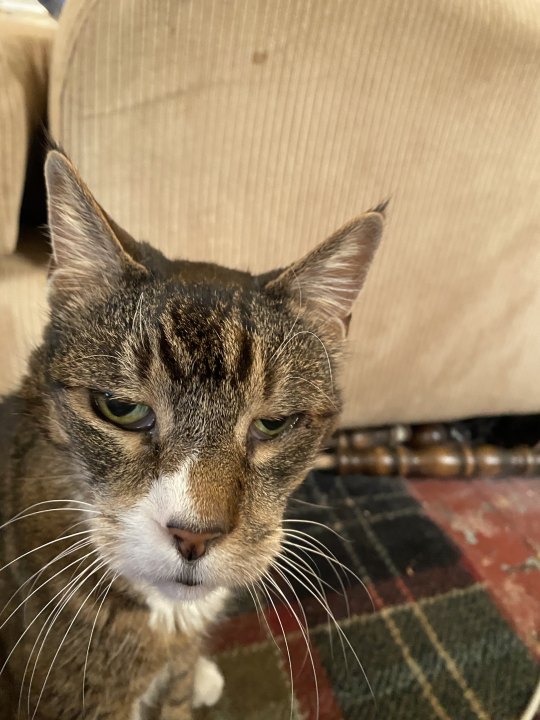
[ID: a picture of an old, grumpy-looking brown tabby cat gazing dead-eyed into the camera.]
45K notes
·
View notes
Photo
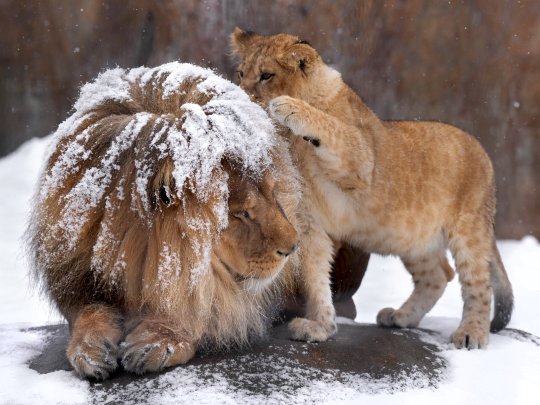

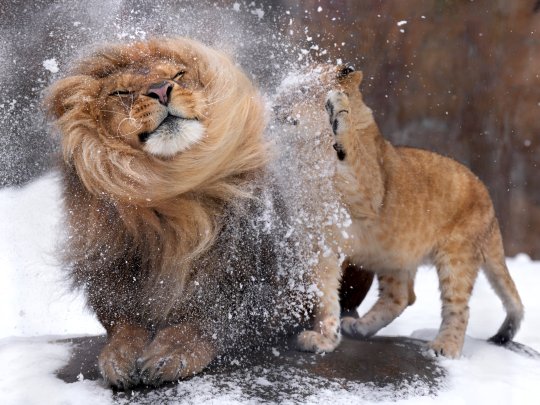

158K notes
·
View notes
Photo

Lena Rivo, Cat in the Snow, 2022, Gouache on board
53K notes
·
View notes
Text
Surprised I hadn't seen this cross posted over here

Liquid Death is renaming their Armless Palmer iced tea and lemonade to Dead Billionaire because Arnold Palmer's estate threatened to sue for the use of the word Palmer. What a brand
42K notes
·
View notes

